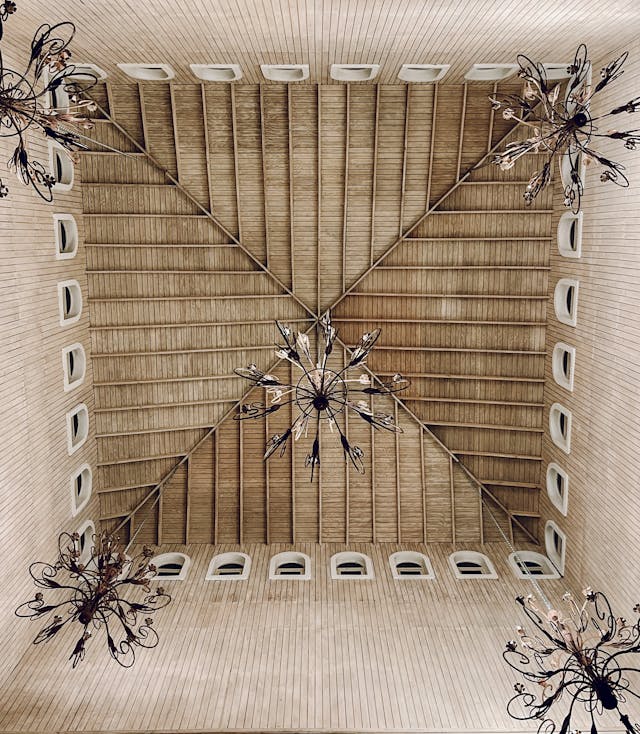Last Updated on May 21, 2024 by Ali Hamza
The use of timber in construction has been around for thousands of years. It is quite possible that this was the first ‘real’ building material, second only to stone, used to construct the vast majority of the structures you can imagine and many more. Because of its rich history, it’s easy to see why it is still used today, even after all these years.
Benefits of Timber Ceilings Panels
It is very beneficial to select timber ceiling panels and timber as a building material in general since it offers a number of advantages. In many construction projects, timber is considered to be one of the most desirable materials due to its properties such as its physical and mechanical properties, as well as its ability to conduct heat and electricity (or not), as well as its acoustic properties.
Timber Ceiling Panels for Insulation
It is well known that timber is an excellent insulator, and for a good reason, which is why timber ceilings are so popular today. Heat (or cold) is stored in the wood due to natural air pockets in the wood grain. In terms of insulation properties, timber is said to be 400 times better than steel and 1,770 times better than aluminium when compared to steel. As a result, timber is an ideal material for ceilings compared to steel and aluminium.
Timber is widely used in the construction of Australian houses (in particular the Queenslander style houses), mainly because it retains heat in the winter and keeps homes cool in the summer, thereby reducing power bills and naturally maintaining a comfortable temperature in the house. As a result of the wide variety of conditions Australian homes are subject to, many people find that timber ceilings and panels are an ideal solution for their homes.
Timber Ceiling Soundproofing & Acoustics
As a result of the timber ceiling system, the interior will be soundproofed and acoustically resonant. The slatted design of the ceiling is ideal for social spaces, such as open-plan offices or public areas, as it allows sound to travel around and through rather than bouncing from wall to wall. It has been proven that the timber ceiling system can achieve a Noise Reduction Coefficient (NRC) of up to 0.9.
Low Maintenance
There are very few maintenance requirements for a timber ceiling after its installation. However, you might have to re-treat the timber once every five years, depending on the species and grade of the timber you decide to use for the ceilings. As long as the timber is kept clean, the finish will last for a longer period of time, although some people may have a preference for the natural wearing and colour change that occurs over time.
In terms of durability, Western Red Cedar is one of the most durable timber wood species, which makes it an excellent choice for use in all forms of construction. There is no doubt that your timber ceilings will endure for a very long time because they are naturally protected from moisture, termites, and decay by natural preservatives.
Natural Aesthetics
The material of timber is generally beautiful. Timber is always noticeable when stepping a room, whether used in construction, as feature walls, cladding or panelling, or ceilings. In addition to creating a relaxing and soft ambience, timber colours can make a room feel much brighter. Likewise, using timber ceilings (or feature walls) correctly can make a room appear and feel larger.
Apart from this, if you want to know about Gokarna Beach Trek & Camping then please visit our Business category


























